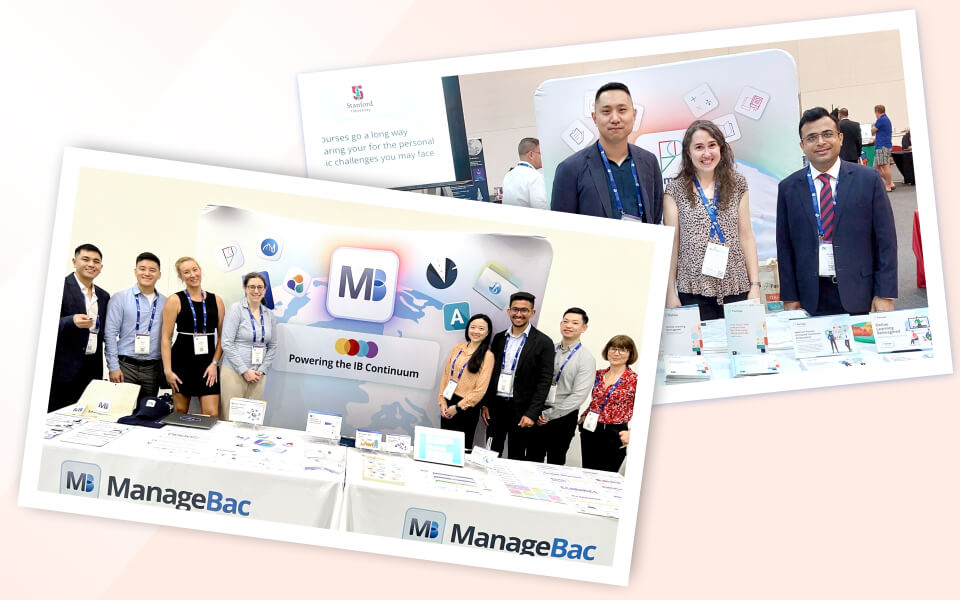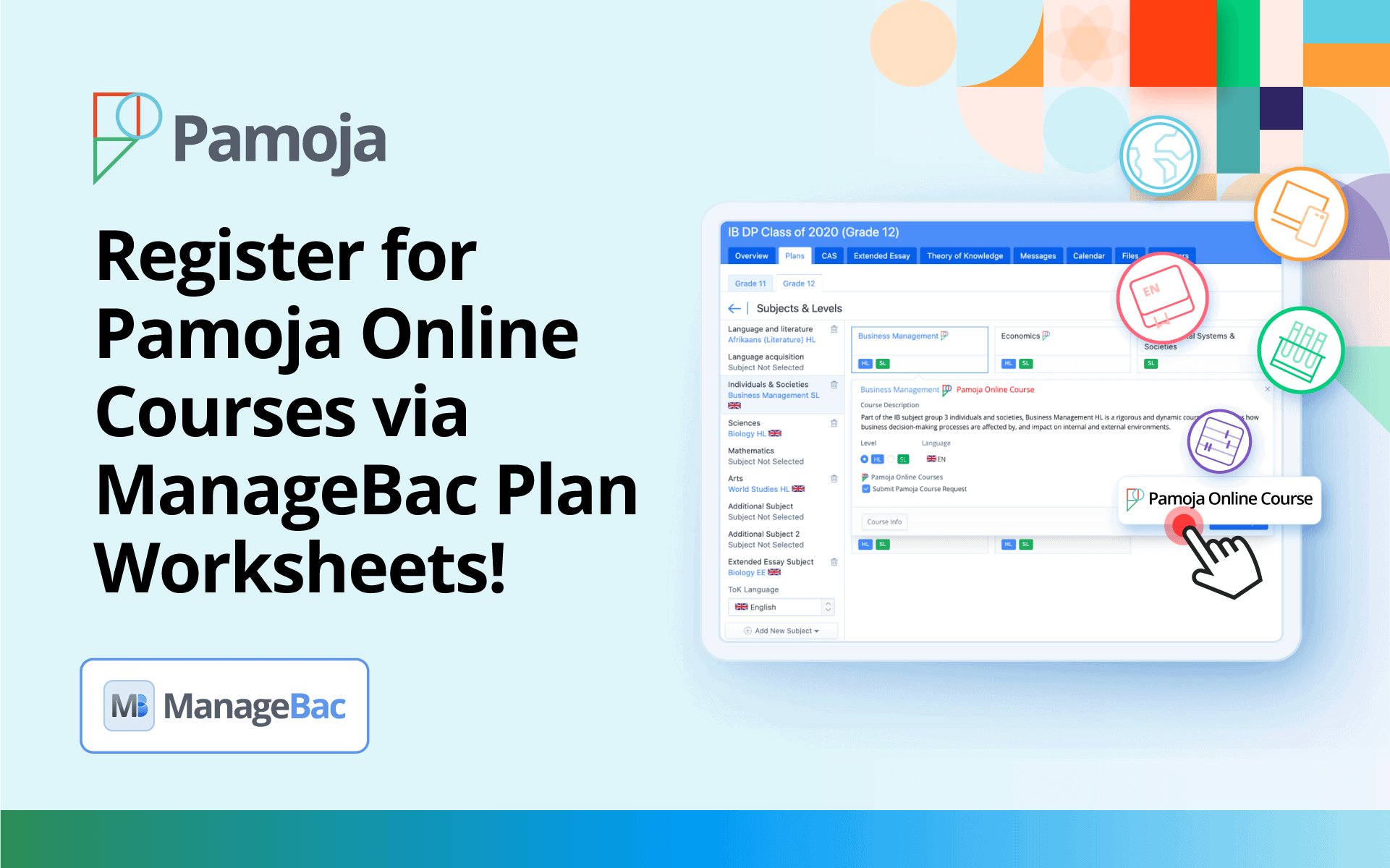Why are employers reporting a skills gap between the abilities of the recently educated and the needs of their business? This shortfall undoubtedly has a negative effect on our progression toward a brighter future. Whilst the question cannot be answered in any simple way, it is essential that we go back to the beginning and pose an alternate question; what can we do to help close the skills gap?
Global progress, from innovation to humanitarian aid, is most often a result of worldwide collaboration. The ability to collaborate effectively does not necessarily come naturally; it needs to be developed throughout a person’s education. This can scale across all stages – from children in nursery simply working together to create, to Diploma students directing their own group discussions around topics of interest before putting pen to paper. So how exactly do we ensure that collaboration is not only commonplace in our classrooms, but is the instigator of other essential life skills?
When collaborative learning is encouraged, students work together to help one another gain a greater understanding of the topic at hand. Teachers act as facilitators rather than directional authoritarians, and as a result the classroom becomes learner-centric. The day-to-day benefits of such a method have been proven in schools that have adopted the style, and include better student engagement, less class disruption, and decreased classroom anxiety amongst students. Self-esteem has been seen to improve, which in turn allows students to fulfil their potential and thrive.
The real benefit of collaborative learning lies in the skills gained. Students reach out to others to test their theories and share knowledge, as well as think critically and constructively criticise ideas rather than people. Social and communication skills are built; compromise, understanding, being open-minded and even peace-keeping to a certain extent. Learners begin to acknowledge and accept the differences between individuals which subsequently leads to the promotion of diversity. Inevitably, students grow to learn much more than just the subject; they become pro-active individuals who ask questions and seek answers beyond the scope of any lesson given by a teacher.
Further to this, within the context of arts subjects in particular, collaborative learning aids student understanding of the effect of their classmates’ socio-economic backgrounds on the way they perceive. Whether it’s poetry, literature, or even history, learner-led discussions and collaboration incite awareness of cultural identities. This develops a kind of globally-minded view that takes young people well beyond being an asset to a workplace, but into the realm of being an asset to the planet.
So, what can we do to help close the skills gap? We can make collaborative learning the norm within our education systems and subsequently provide our students with the space and support to become globally-conscious, cooperative individuals who positively contribute to our international progress.
Sign up to our monthly newsletter to keep up to date with all the latest Pamoja news.




